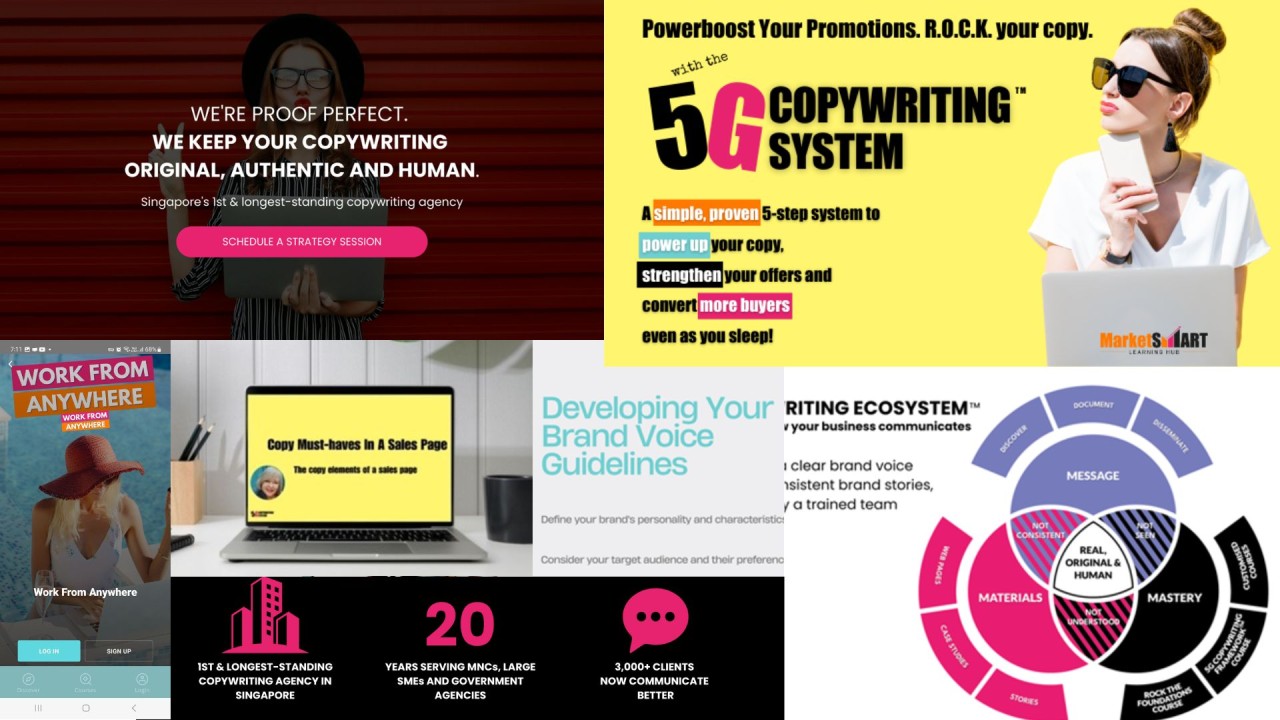In today's competitive marketplace, brand loyalty is crucial for the long-term success of any business. Consumers are bombarded with countless options, making it challenging for brands to stand out. One effective way to build and maintain brand loyalty is through storytelling. If you are looking for the brand storytelling services online, you can also visit Proof Perfect Pte Ltd. By creating a compelling narrative that resonates with your audience, you can forge a strong emotional connection that goes beyond products or services. From concept to connection, storytelling can help you cultivate a loyal following and keep customers coming back for more.
The Power of Storytelling in Building Brand Loyalty
Storytelling is an age-old tradition that has the power to captivate, inspire, and influence. When done right, storytelling can be a powerful tool for building brand loyalty. Here are some reasons why storytelling is essential for brands:
1. Creates Emotional Connections
- Stories evoke emotions and make your brand more relatable to consumers.
- Emotional connections lead to stronger brand loyalty and repeat purchases.
2. Differentiates Your Brand
- A compelling story sets your brand apart from competitors.
- It helps consumers remember and identify with your brand more easily.
3. Builds Trust and Credibility
- Stories humanize your brand and build trust with consumers.
- Authentic storytelling fosters credibility and loyalty among customers.
Steps to Implement Storytelling for Building Brand Loyalty
Now that you understand the importance of storytelling in building brand loyalty, here are some steps to help you effectively implement storytelling into your brand strategy:
1. Define Your Brand's Story
- Identify your brand's values, mission, and unique selling proposition.
- Create a narrative that aligns with your brand identity and resonates with your target audience.
2. Know Your Audience
- Understand your target demographic's preferences, interests, and pain points.
- Tailor your stories to address specific needs and connect with your audience on a deeper level.
3. Choose the Right Channels
- Determine the best platforms to share your brand stories, such as social media, blogs, or videos.
- Adapt your storytelling approach to fit each channel and engage your audience effectively.
4. Be Authentic and Consistent
- Avoid using generic or inauthentic stories that do not reflect your brand values.
- Maintain consistency in your storytelling to build trust and credibility with your audience.
Successful Examples of Brand Loyalty Through Storytelling
Several brands have mastered the art of storytelling to build strong connections with their customers. Here are some examples of successful brand loyalty through storytelling:
1. Nike
Nike's "Just Do It" campaign is a prime example of powerful storytelling. By featuring inspirational stories of athletes overcoming challenges, Nike has created a narrative that resonates with its audience and inspires them to push their limits.
2. Apple
Apple's brand loyalty is built on its compelling story of innovation, design, and simplicity. Through its marketing efforts and product launches, Apple has created a loyal following of customers who identify with the brand's values and vision.
3. Airbnb
Airbnb's storytelling focuses on the idea of belonging and creating meaningful connections. By sharing stories of hosts and guests from around the world, Airbnb has built a community-driven brand that emphasizes inclusivity and diversity.
Measuring the Impact of Storytelling on Brand Loyalty
While storytelling can be a powerful tool for building brand loyalty, it is essential to measure its impact to ensure its effectiveness. Here are some ways to measure the impact of storytelling on brand loyalty:
1. Customer Surveys and Feedback
- Collect feedback from customers to gauge their emotional connection to your brand stories.
- Use surveys to measure brand loyalty and customer retention rates over time.
2. Social Media Engagement
- Monitor social media metrics such as likes, shares, and comments on your brand storytelling posts.
- Track engagement rates and sentiment to understand how your audience is responding to your stories.
3. Sales and Customer Retention
- Track sales data to see if there is a correlation between storytelling efforts and customer retention rates.
- Measure customer lifetime value and repeat purchase behavior to assess brand loyalty.
By analyzing these metrics, you can gain valuable insights into the effectiveness of your storytelling efforts and make data-driven decisions to enhance brand loyalty.
Conclusion
From concept to connection, storytelling plays a vital role in building brand loyalty. By crafting compelling narratives that resonate with your audience, you can create emotional connections, differentiate your brand, and build trust and credibility. By following the steps outlined in this article and learning from successful examples, you can harness the power of storytelling to cultivate a loyal following and keep customers coming back for more. Remember, the key to building brand loyalty through storytelling lies in authenticity, consistency, and understanding your audience's needs and preferences.
